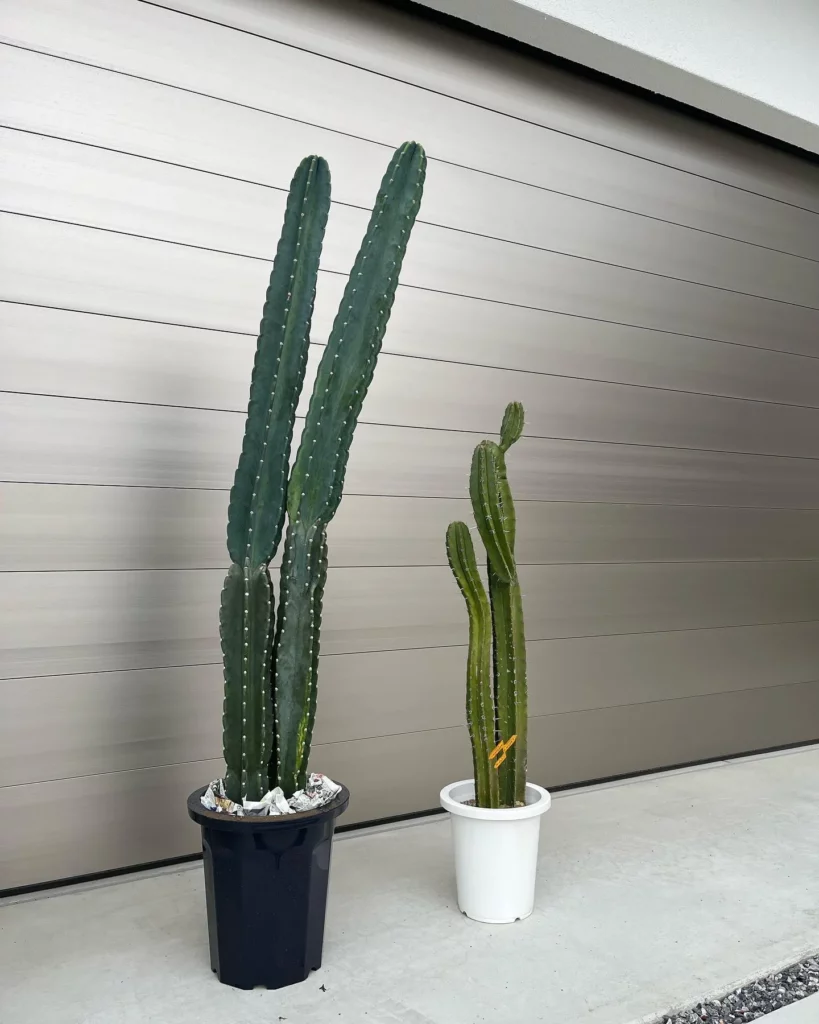The Golden Torch is a stunning cactus with a unique appearance that sets it apart from other varieties. Its multi-stem, columnar structure gives it a tall and slender silhouette, reaching heights of five to seven feet. The cactus features a vibrant lime-green color that adds a splash of brightness to any space.
Key Takeaways:
- The Golden Torch is a beautiful, multi-stem, columnar cactus native to western Argentina and Bolivia.
- It requires moderate water during hot dry summers and should be planted in full sun to partial shade with well-draining soil.
- It produces large, white, nocturnal flowers in late spring that are showy and fragrant.
- The Golden Torch is an excellent choice for desert accent plant, rock gardens, and raised planters.
Appearance of the Golden Torch
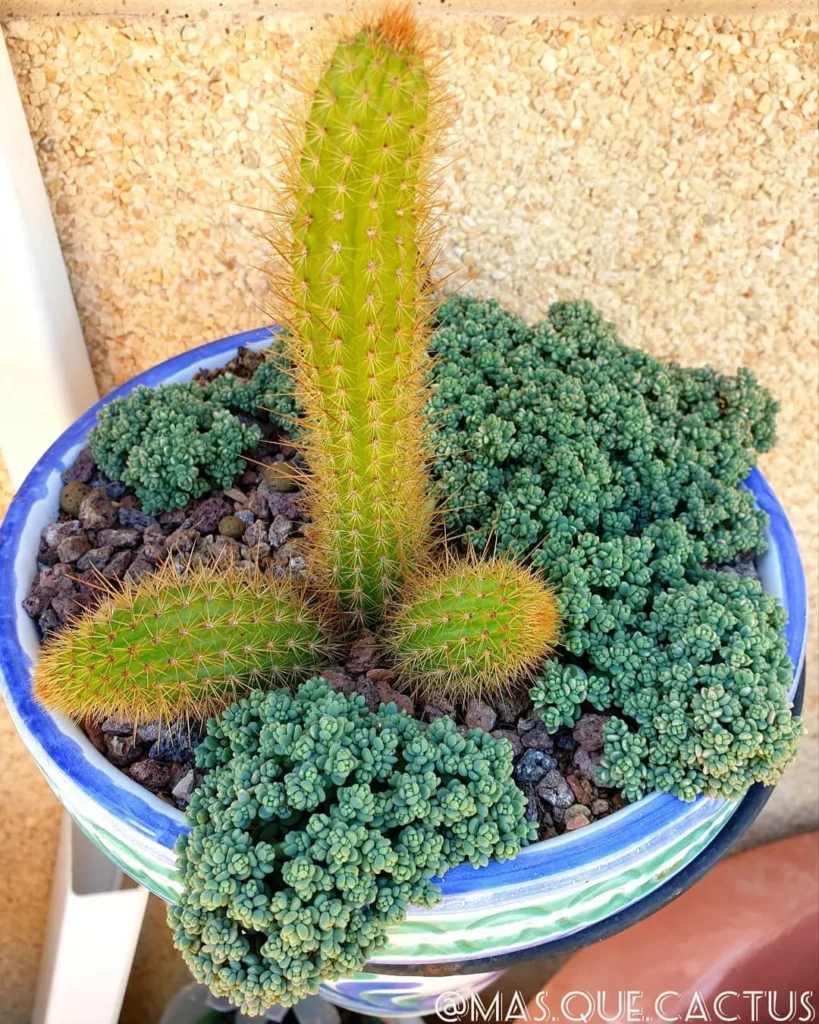
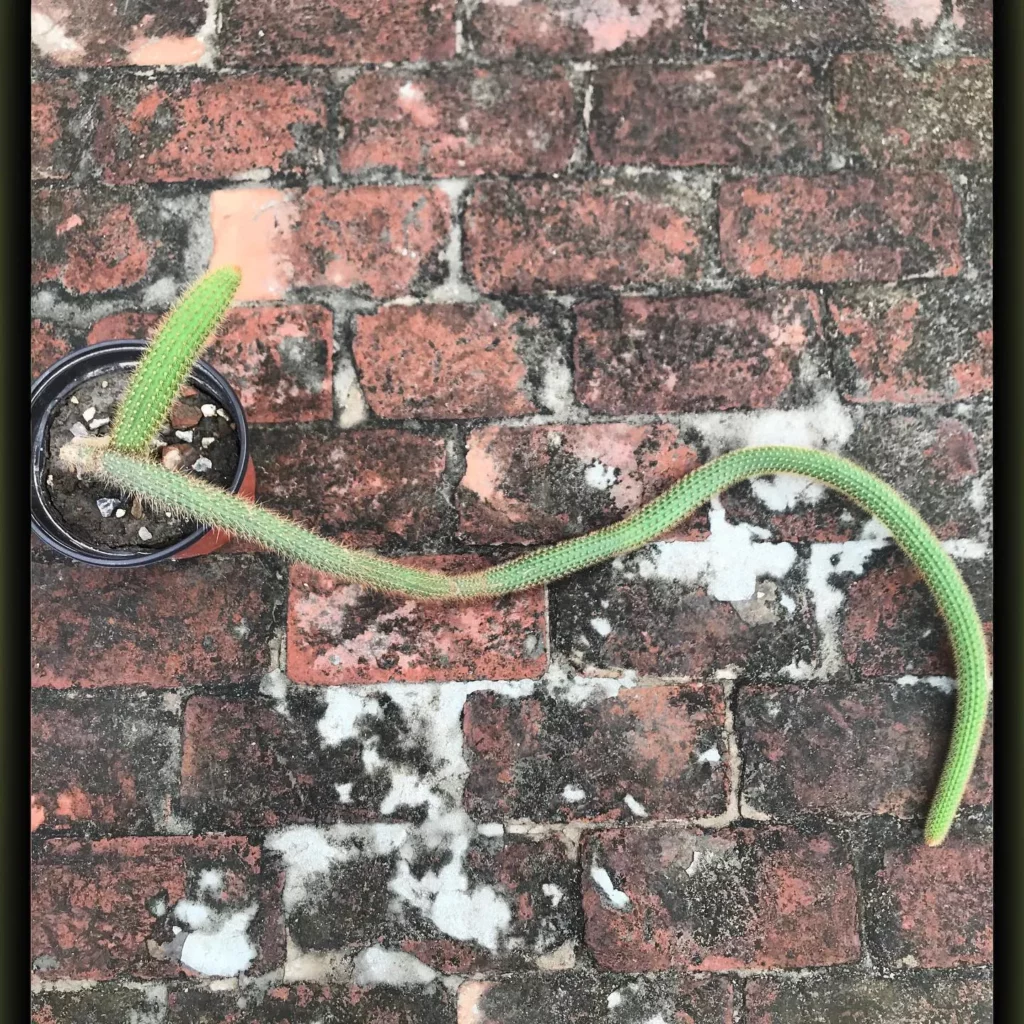
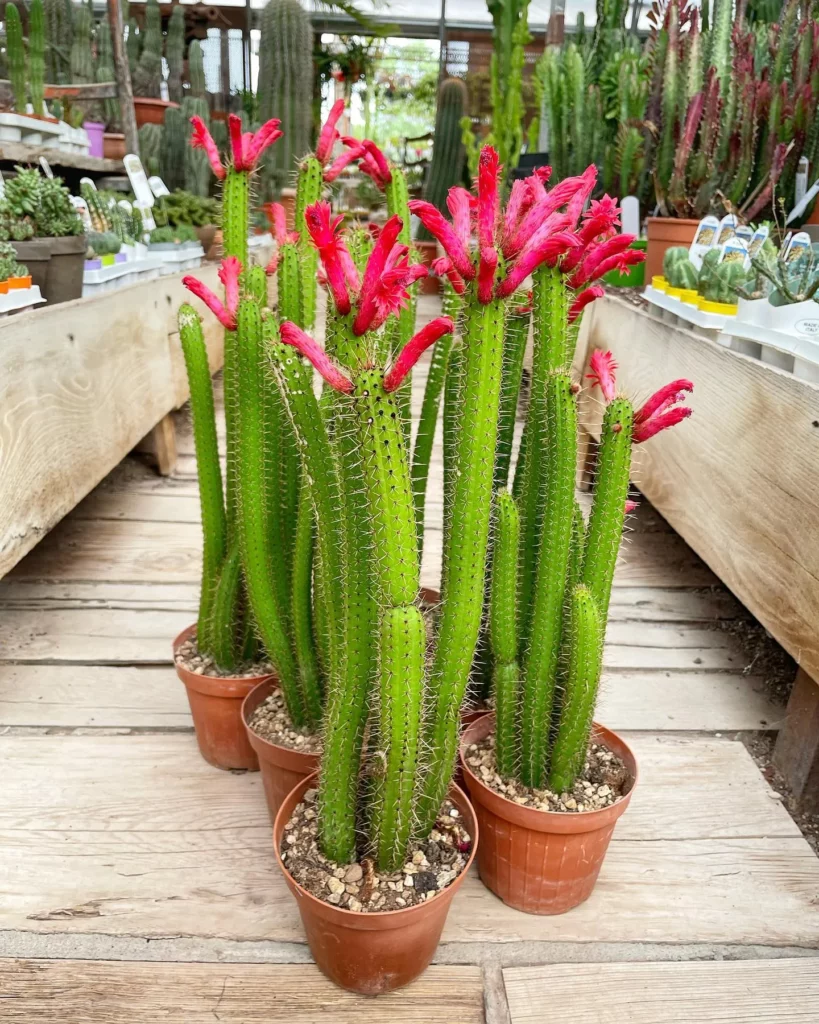
One of the most striking characteristics of the Golden Torch is its long, radial spines. These spines start off as yellowish-white when the plant is young, gradually turning gray as it ages. The combination of the colorful stem and the contrasting spines creates a visually captivating display.
Gorgeous Nocturnal Flowers
In addition to its striking appearance, the Golden Torch produces large, white flowers that are simply mesmerizing. These flowers have a diameter of six to eight inches and bloom during late spring. A unique feature of these blooms is that they only open during the night, adding an element of mystery and intrigue to the plant.
The flowers are not only beautiful but also exude a delightful fragrance that fills the air. When in full bloom, the Golden Torch becomes a focal point in any garden or indoor space, attracting attention and admiration from all who see it.
- The Golden Torch has a multi-stem, columnar structure that reaches heights of five to seven feet.
- It features a vibrant lime-green color and long, radial spines that start off yellowish-white and turn gray with age.
- The cactus produces large, white, nocturnal flowers with a diameter of six to eight inches.
- The flowers bloom in late spring and emit a delightful fragrance.
Light Requirements for the Golden Torch
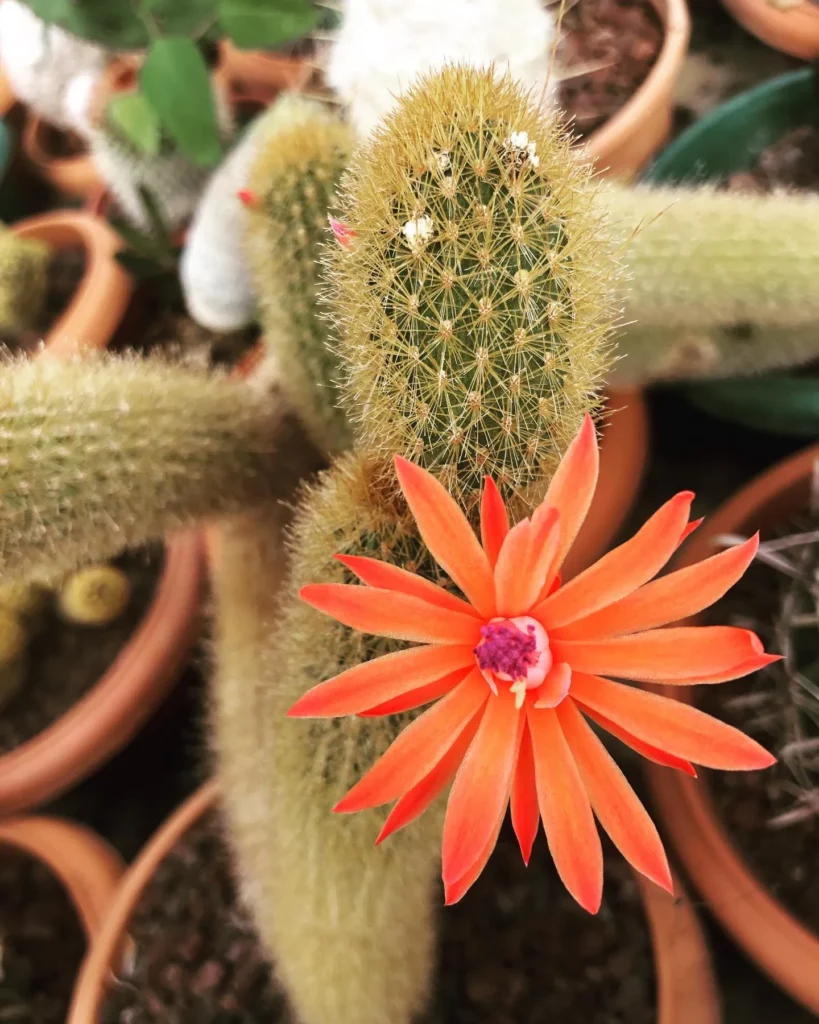
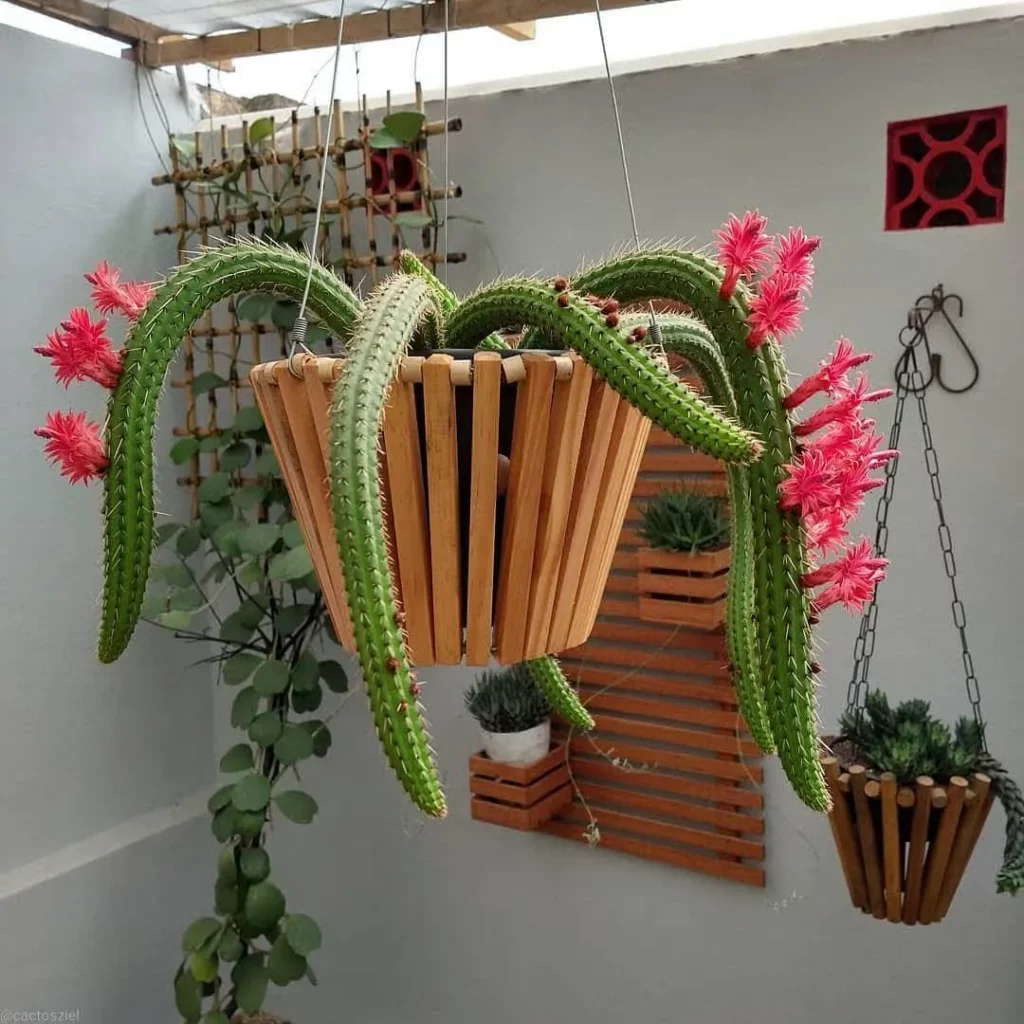
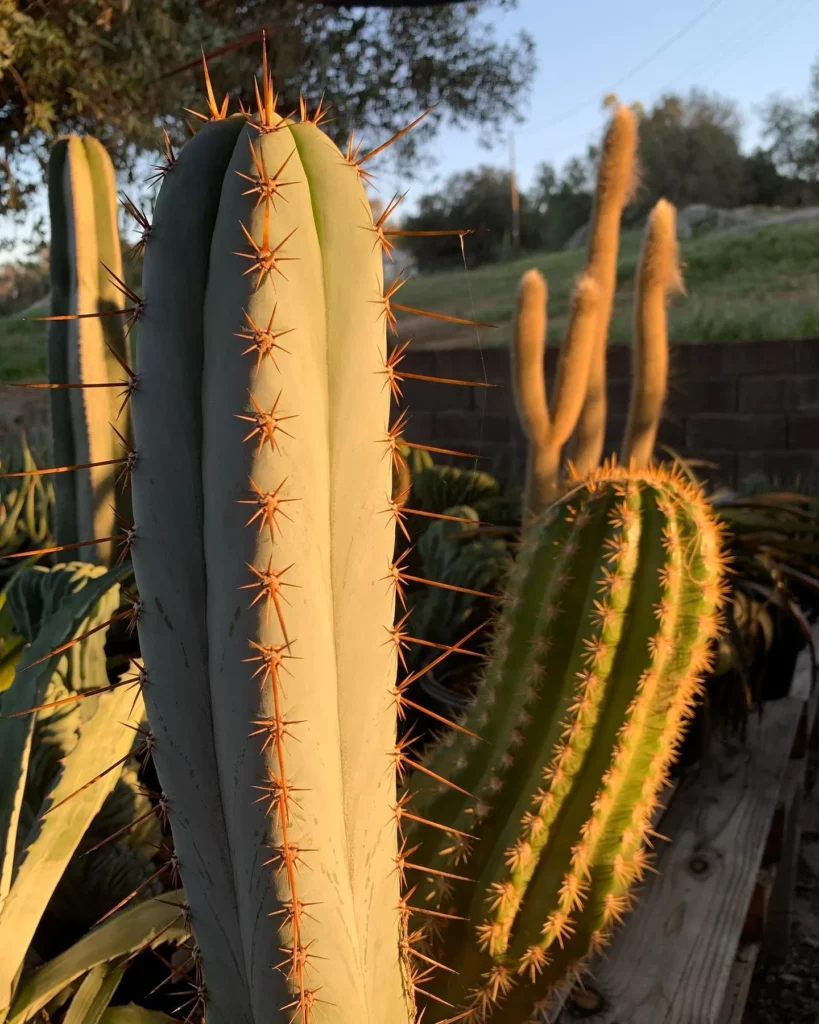
The golden torch cactus, also known as Echinopsis spachiana, thrives in bright light conditions. To ensure optimal growth and health for your golden torch, it is important to provide it with the right amount of light.
Full Sun to Partial Shade
The golden torch cactus prefers full sun to partial shade. It needs bright, direct sunlight for several hours a day to thrive. Placing the plant outdoors in a sunlight-flooded location during the summer months is ideal. Make sure the cactus is not shaded by tall trees or buildings that can block the sun’s rays.
Rotation for Even Growth
For even growth and to prevent the plant from leaning towards one side due to uneven light exposure, it is recommended to rotate the golden torch cactus a few times a day. This will ensure that each side of the cactus receives sufficient sunlight, promoting balanced development and a more symmetrical appearance.
Indoor Care in Winter
During winter, when the temperatures drop, it is important to bring the golden torch cactus indoors to protect it from frost and extreme cold. Place the cactus in a room with little sunlight or indirect light. Avoid placing it near windows or in drafty areas to prevent temperature fluctuations that can harm the plant.
Watering the Golden Torch
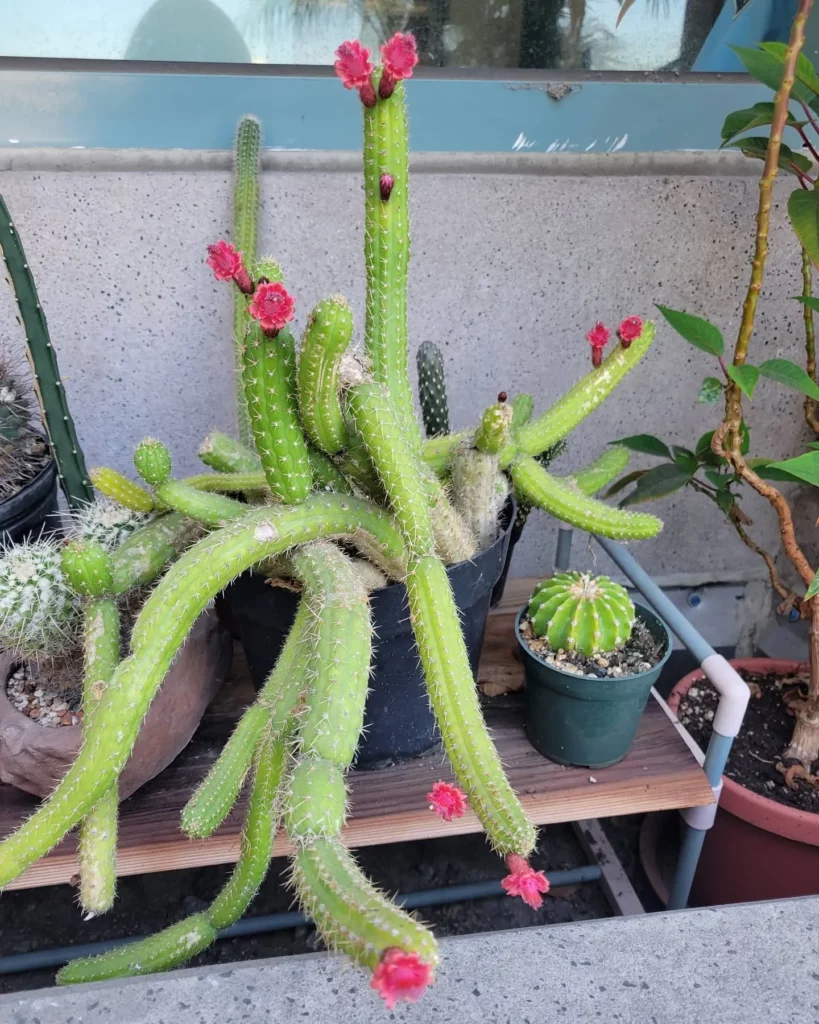
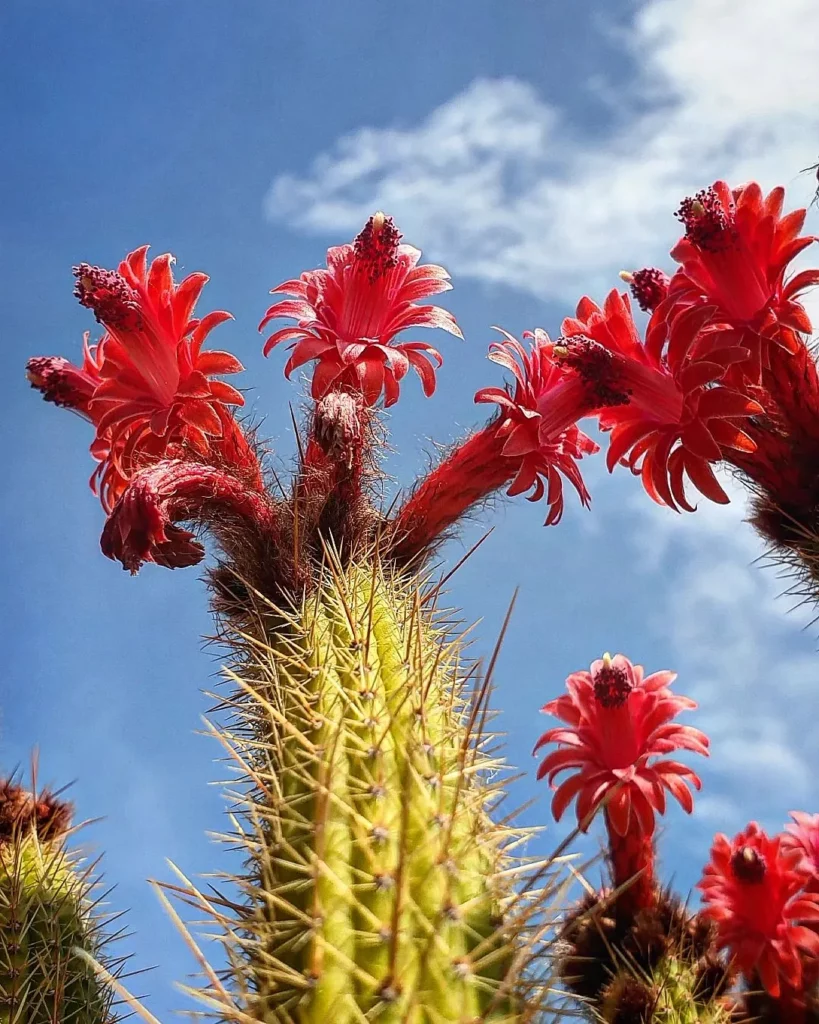
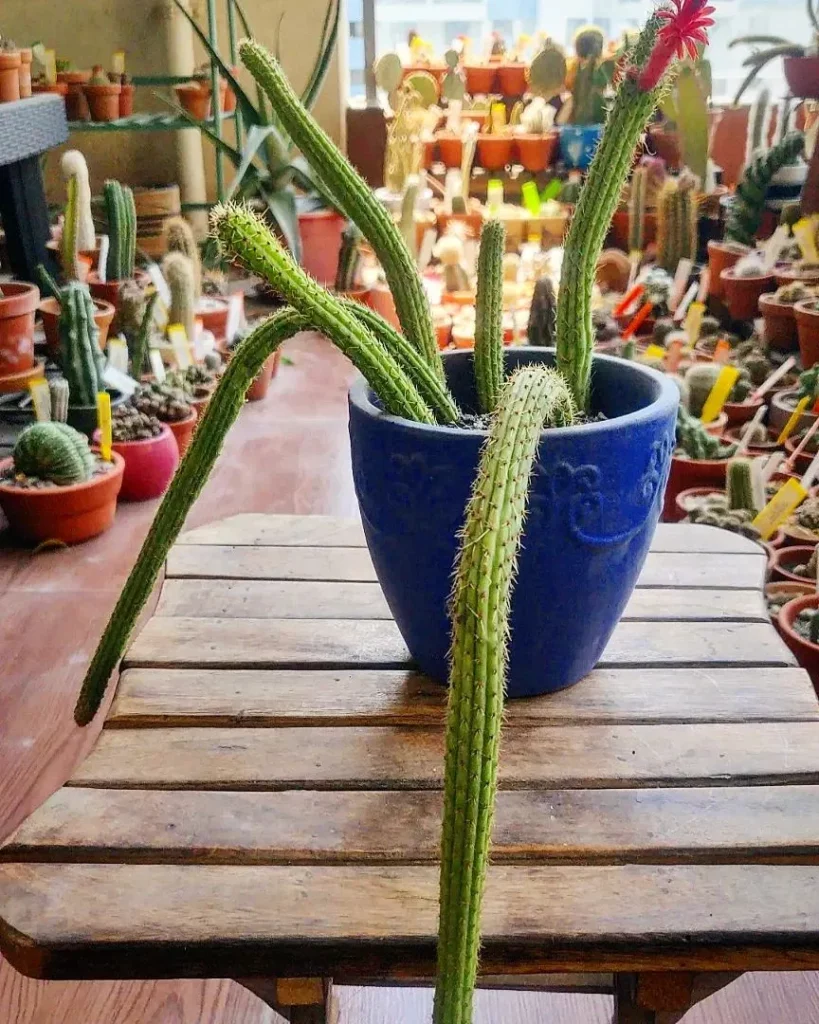
Proper watering is crucial for the health and vitality of the Golden Torch cactus. Here are some essential tips to ensure you are watering your plant correctly:
- Watering Frequency: During hot, dry summers, it’s important to provide moderate watering to the Golden Torch cactus. Aim to water the plant every 10 days to two weeks, allowing the soil to dry out between waterings. This prevents overwatering and helps establish a healthy root system.
- Watering Technique: When watering the Golden Torch, thoroughly drench the soil until water drains out from the bottom of the pot. This ensures that water reaches the deeper roots of the cactus, promoting strong and robust growth.
- Winter Watering: In winter, when the cactus is in its dormant phase, reduce the frequency of watering. Misting the plant once a month is sufficient to provide a touch of moisture without saturating the soil.
Signs of Overwatering and Underwatering
It’s important to monitor your Golden Torch cactus for signs of overwatering or underwatering, as both can have detrimental effects on its health:
- Overwatering: If the cactus is receiving too much water, you may notice yellowing or softening of the stems, root rot, or the presence of mold or fungus. Adjust your watering schedule and ensure the soil has adequate drainage to prevent overwatering.
- Underwatering: When the Golden Torch cactus is not receiving enough water, it may exhibit signs such as shriveled or wrinkled stems, dry and brittle spines, or a general lack of new growth. Increase the frequency of watering, making sure to thoroughly hydrate the plant.
Fertilizing the Golden Torch
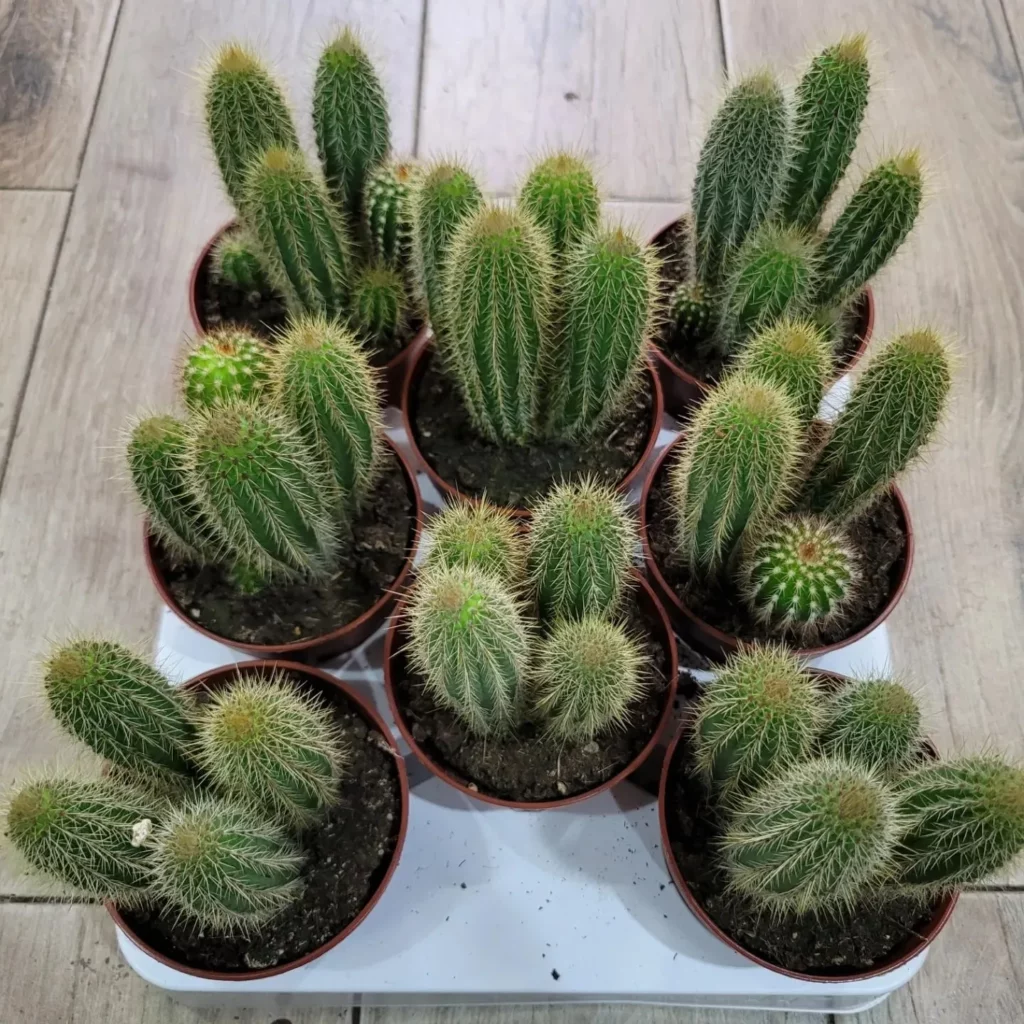
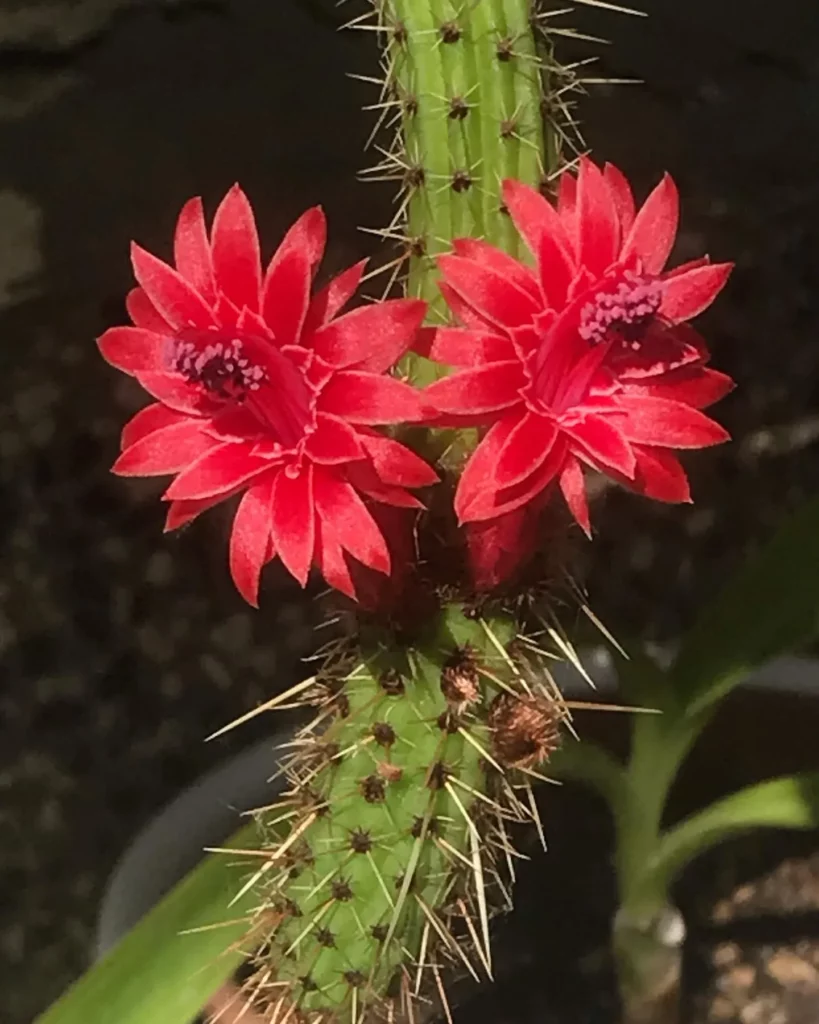
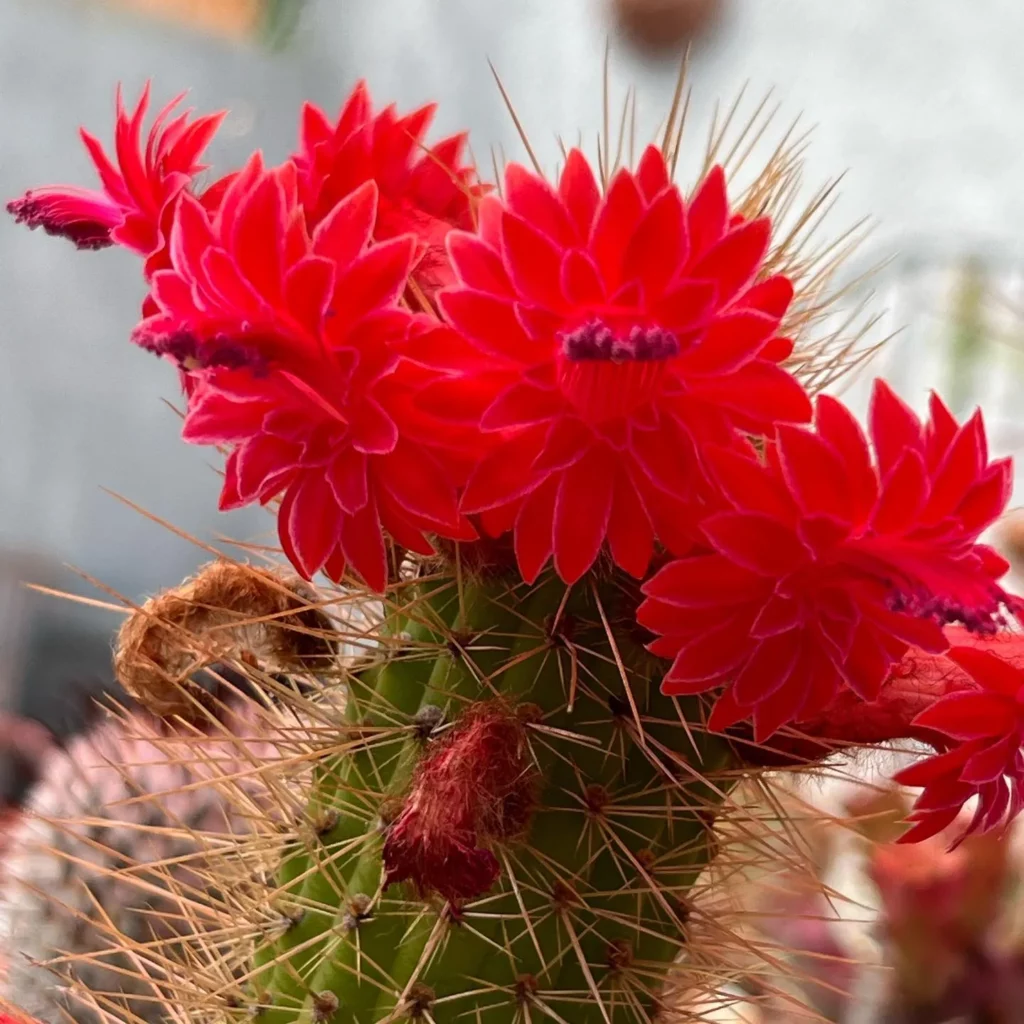
Proper fertilization is essential for the healthy growth and development of the Golden Torch cactus. By providing the right nutrients, you can encourage vibrant foliage and promote blooming. Here are some guidelines to help you fertilize your Golden Torch effectively:
- Choose the right fertilizer: Opt for an all-purpose plant fertilizer that is suitable for cacti and succulents. Look for a balanced formula with equal amounts of nitrogen, phosphorus, and potassium (N-P-K).
- Apply during the growing season: Fertilize your Golden Torch once a month during the active growing season, typically in spring and summer. This is when the cactus requires extra nutrients to support its growth.
- Follow the instructions: Read the manufacturer’s instructions carefully and follow the recommended dosage. Over-fertilization can lead to nutrient burn and damage the plant.
- Avoid fertilizing during dormancy: Refrain from fertilizing your Golden Torch between October and March, or May and September in the southern hemisphere. During these periods, the plant is dormant and does not require additional nutrients.
Additional Tips for Fertilizing:
- Water the cactus lightly before applying fertilizer to prevent root burn.
- Apply fertilizer to the soil around the base of the plant, avoiding direct contact with the stems or spines.
- Consider diluting the fertilizer with water to minimize the risk of over-fertilization.
- Monitor the cactus for any signs of stress or fertilizer burn, such as yellowing or wilting. Adjust the fertilization schedule if necessary.
Potting the Golden Torch

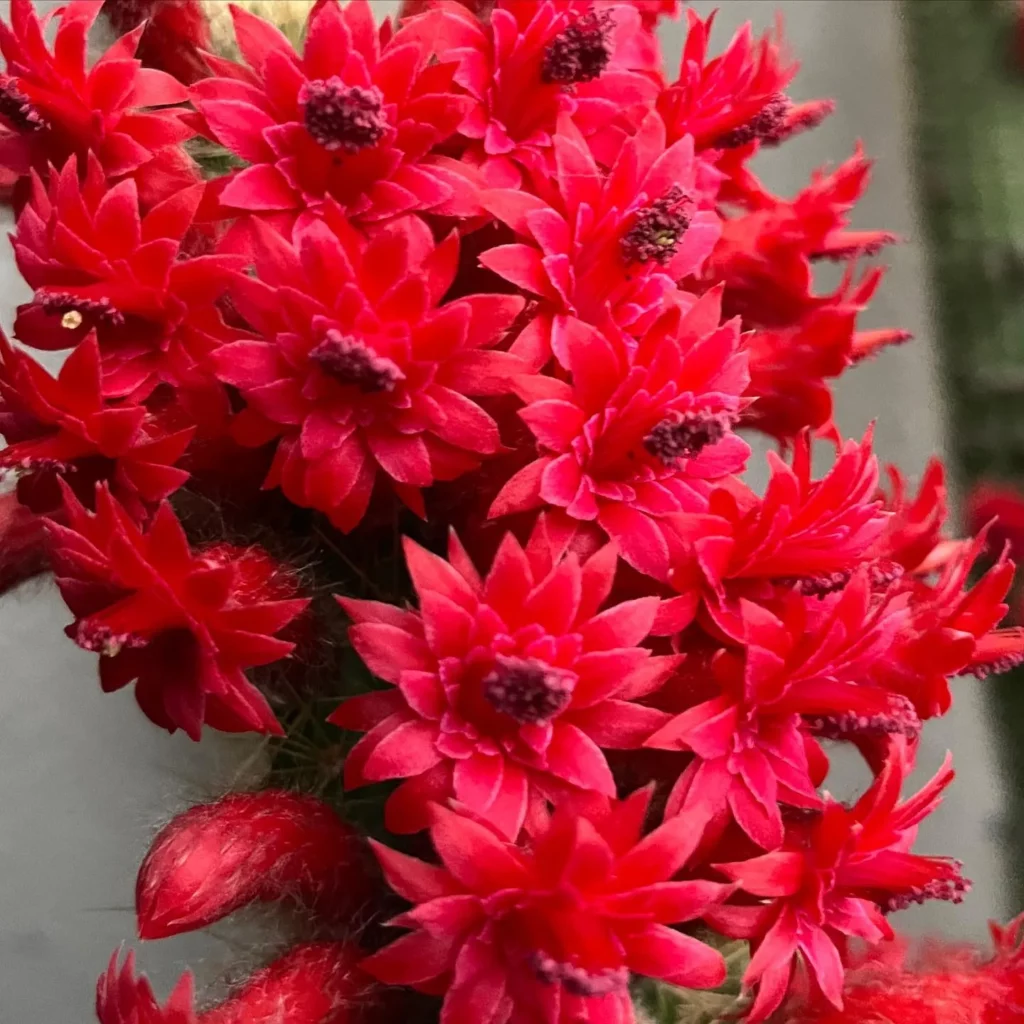
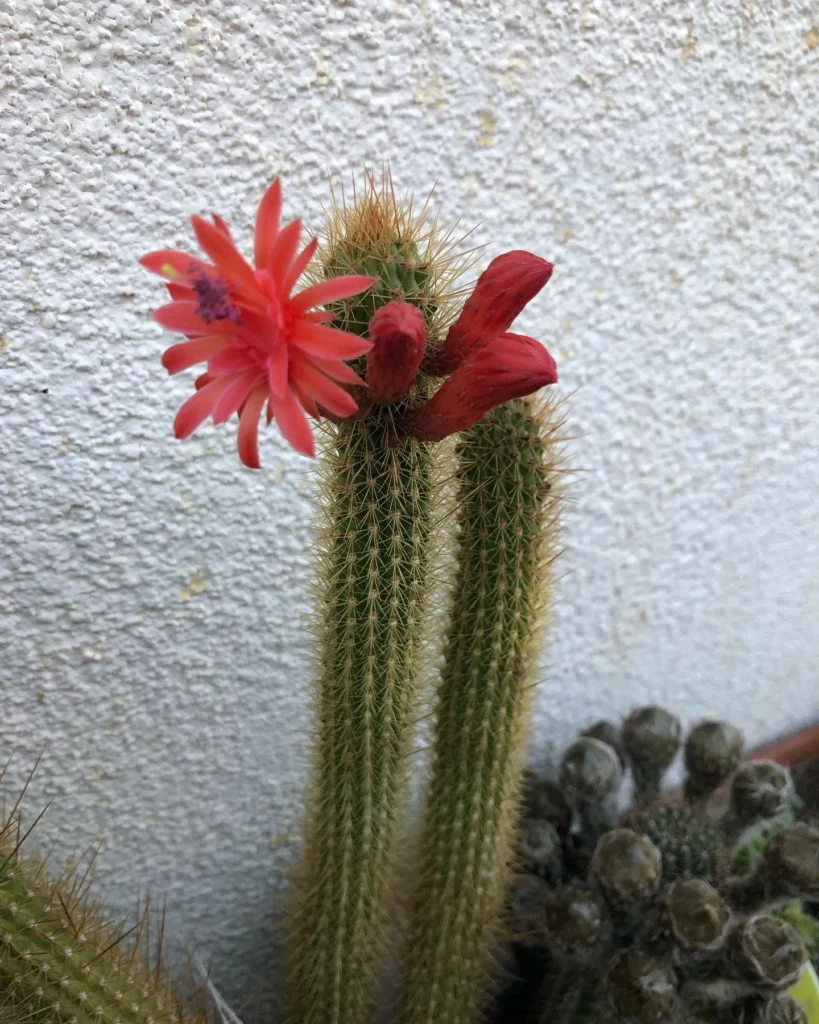
When it comes to potting your Golden Torch cactus, there are a few important considerations to keep in mind. While this species does not require frequent repotting, it is still necessary to ensure proper growth and drainage.
First and foremost, select a pot with drainage holes to prevent water accumulation. This will help to avoid root rot and other moisture-related issues. Additionally, using well-draining soil, such as crushed stone or tiny pebbles, can further improve drainage.
When it’s time to repot your Golden Torch, gently shake or knock away any old remains of soil. This will allow for better soil aeration and nutrient absorption. Remember to be cautious and handle the cactus with care, as its spines can cause irritation.
Key Points:
- Choose a pot with drainage holes to prevent waterlogging.
- Use well-draining soil, such as crushed stone or tiny pebbles.
- Gently remove old soil remains when repotting.
Propagation of the Golden Torch
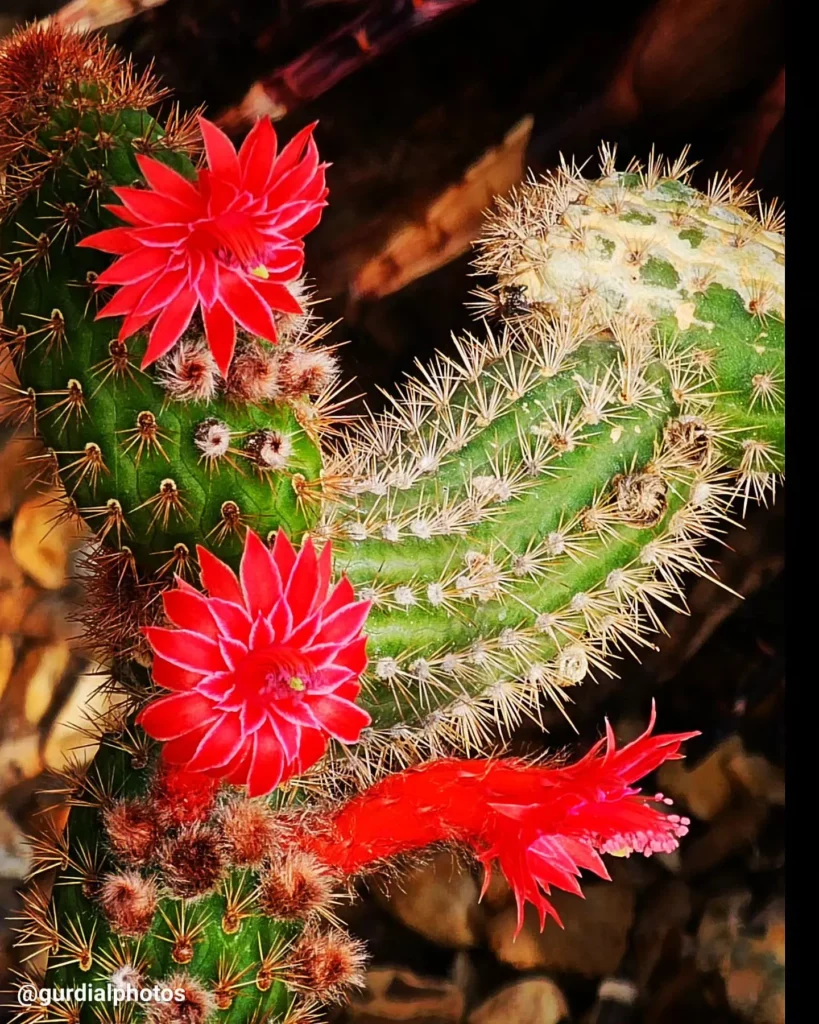
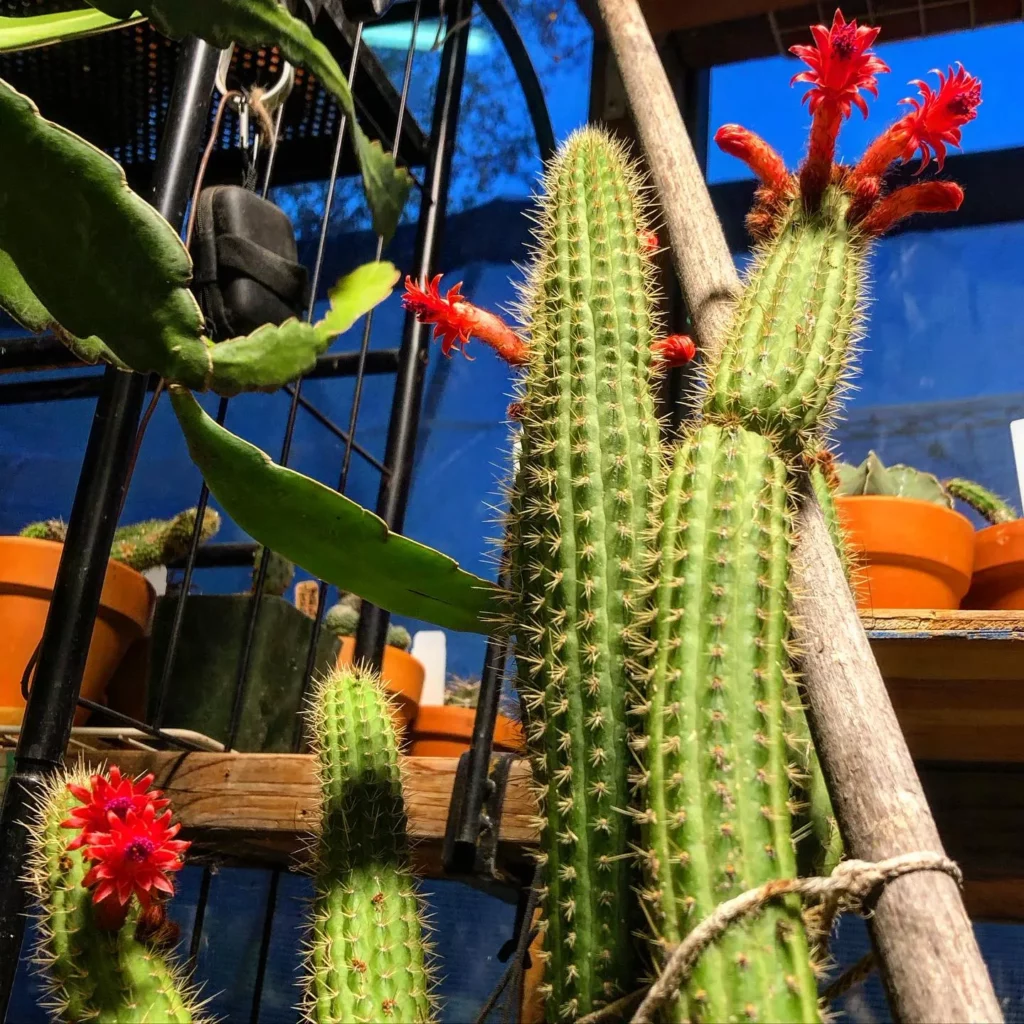
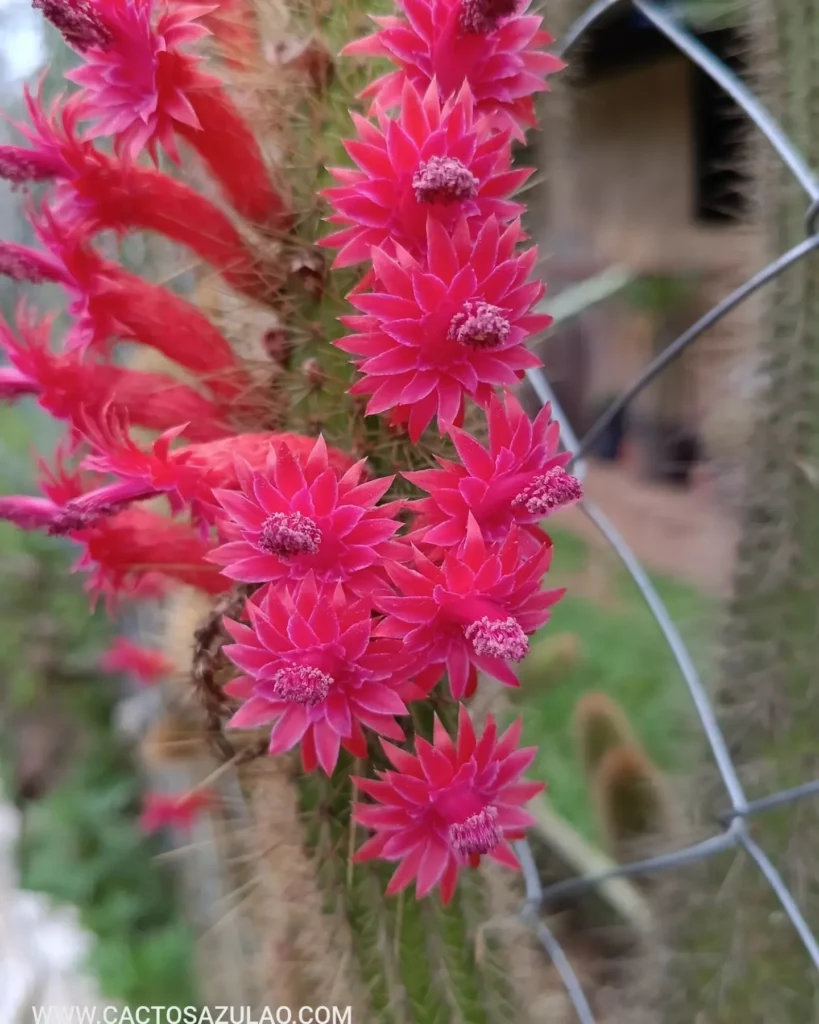
Propagating the Golden Torch cactus is a rewarding and relatively simple process. The most common method of propagation is through offsets, which are small shoots that grow at the base of the mother plant. To propagate, carefully cut a narrow offset from the main stem using a sharp, sterilized knife or shears. Allow the cutting to dry in a well-ventilated area for a few days until a callous forms over the cut surface.
Once the callous has formed, prepare a rooting mixture by combining equal parts of well-draining soil, such as cactus potting mix or sandy soil, with perlite or coarse sand. Make a small hole in the rooting mixture and place the offset in it, making sure the cut part is slightly buried. Gently press the soil around the offset to secure it in place.
After planting, it’s important to provide the newly propagated offset with the right conditions for root development. Keep the soil slightly moist and lukewarm, but avoid overwatering, as this can cause rotting. Place the potted offset in a warm, bright location, but avoid direct sunlight until roots start to grow, which can take a few weeks. Once roots have developed, you can gradually expose the plant to more sunlight and treat it as a mature Golden Torch cactus.
Propagation Tips:
- Choose offsets that are at least two inches in length for the best chances of success.
- Ensure the cutting instrument used for propagation is clean and sharp to minimize damage to the mother plant and the offset.
- Use well-draining soil to prevent waterlogging, which can lead to root rot.
- Monitor the soil moisture level closely during the propagation process, ensuring it remains slightly moist but not overly wet.
- Provide indirect sunlight or filtered light to the newly propagated offset until roots have developed.
Growth and Development of the Golden Torch
When it comes to the growth and development of the Golden Torch cactus, patience is key. This beautiful plant is known for its slow growth, often taking three to four years before it begins to bloom. However, the wait is well worth it when you see the stunning flowers it produces.
To ensure optimal growth, it is important to place or plant the Golden Torch outside once the weather gets warmer. This cactus thrives in full sun to partial shade, so find a place in your garden where it can receive bright light throughout the day. However, in colder temperatures, it is advisable to bring the plant indoors to a room with minimal sunlight to protect it from frost.
During the growth and development stages, the Golden Torch requires minimal care and maintenance. Regular watering and fertilizing during the appropriate seasons, along with providing it with the right amount of sunlight, will help promote healthy growth. Keep in mind that this cactus is native to arid regions, so it is important not to overwater it.
Tips for promoting healthy growth:
- Place the Golden Torch in a sunny spot in your garden or near a window that receives ample sunlight.
- Water the cactus moderately during hot, dry summers, allowing the soil to dry out between waterings.
- Fertilize the plant once a month during the growing season, using an all-purpose plant fertilizer.
- Protect the Golden Torch from frost by moving it indoors during cold temperatures.
Pests and Diseases of the Golden Torch
When it comes to pests and diseases, the Golden Torch cactus is relatively hardy. However, there are a few common issues that you may encounter while caring for this stunning plant.
Mealybugs
One of the most common pests that can affect the Golden Torch cactus is mealybugs. These small, white, cotton-like pests can infest the plant, sucking sap from its stems. To treat a mealybug infestation, simply dab a cotton swab soaked in isopropyl alcohol onto the affected areas. Repeat this process until the mealybugs are gone.
Red Spider Mites
Another potential pest is the red spider mite. These tiny insects can create fine webbing on the cactus and cause discoloration and damage to the leaves. To prevent red spider mites, make sure to keep your plant clean and free from debris. Regularly inspect the cactus for any signs of infestation and take action if necessary.
It’s important to note that the Golden Torch cactus can be toxic if ingested. It may cause stomach upset and mouth soreness. Therefore, it’s important to keep the cactus out of reach of children and pets.
FAQ
How tall does the Golden Torch cactus grow?
The Golden Torch cactus can grow five to seven feet tall.
What color are the spines of the Golden Torch cactus?
The spines of the Golden Torch cactus are yellowish-white when young and turn gray with age.
When do the flowers of the Golden Torch cactus bloom?
The flowers of the Golden Torch cactus bloom in late spring and are nocturnal.
What type of soil does the Golden Torch cactus require?
The Golden Torch cactus requires well-draining soil.
How often should I water the Golden Torch cactus during hot dry summers?
It is recommended to water the Golden Torch cactus every 10 days to two weeks during hot dry summers, allowing the soil to dry out between waterings.
How often should I fertilize the Golden Torch cactus?
The Golden Torch cactus should be fertilized once a month during the growing period, but not between October and March or May and September in the southern hemisphere when the plant is dormant.
How frequently should I repot the Golden Torch cactus?
The Golden Torch cactus does not require frequent repotting, but it is recommended to repot the plant in any warm month using well-draining soil.
How can I propagate the Golden Torch cactus?
The Golden Torch cactus can be propagated through its offsets, which grow at the base of the mother plant.
How long does it take for the Golden Torch cactus to bloom?
It may take three to four years for the Golden Torch cactus to bloom.
How do I prevent pests and diseases in the Golden Torch cactus?
The Golden Torch cactus is relatively resistant to pests and diseases, but it can be affected by mealybugs and red spider mites. Regular care and maintenance can help prevent and address any potential pest or disease issues.

